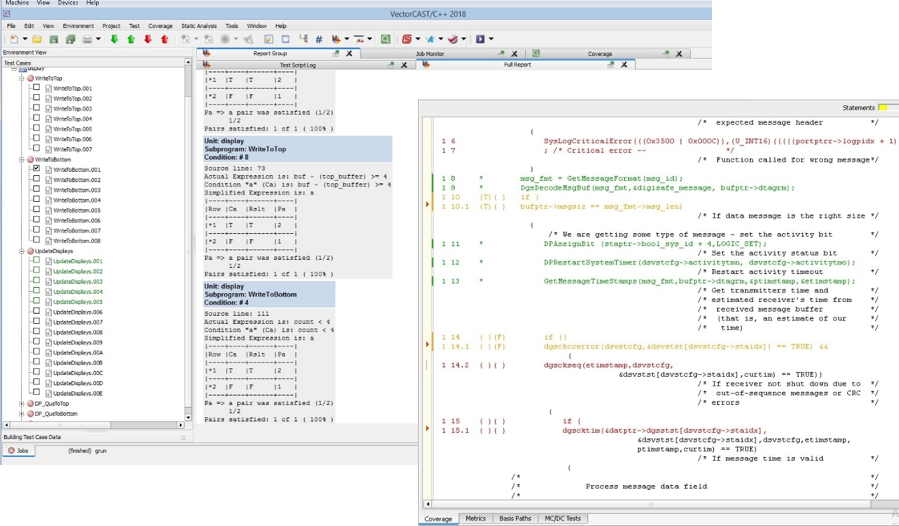Carborne ATP Systems Testing
Highlights
For many years, PSA has been involved in the testing of rail signaling solutions critical for railroad safety. These are support activities, since every time the system is updated it is necessary to verify that the operability and functionality of its components were not affected. Thus, we support carborne ATP systems by checking their components for conventional, CBTC, and ETCS systems in rapid transit across the world.
Challenge
Client Challenge
Provide updates, changes, and addition of new elements for carborne ATP systems without compromising safety.
Project Objective
Support the operation of carborne ATP systems after changes to characteristics or components within the system.
Solution
In strict adherence with Cenelec and FRA standards, we have completed over 50 projects on software testing of carborne ATP systems for rapid transit worldwide. After system updates, our team checks whether ATP/ATO still can perform its critical functions, such as:
-
Overspeed protection
-
Brake assurance
-
Signals displaying
-
Station stopping
-
Door control
-
Berthing
To check the required system modules, we mainly utilize unit & regression testing with a white box methodology using VectorCAST tool. This allows us to verify the execution of business logic to ensure the safe movement of the train within the Movement Authority Limits.
PSA carries out all the required procedures to provide a complete view of the system’s functionality – from test cases creation to report delivery and bug fixing. We also create software architecture and test specifications to provide 100% code coverage when necessary.
Our testing activities allow for:
-
Confirming the operability and integration of ATP subsystem
-
Verifying the differences between the original and updated software versions
-
Finding an alternative testing approach to provide more code coverage
-
Immediate response for issues that are found onsite
Thus, we provide testing support for many rail lines and often retest ATP modules every time they are updated.
Development Included
- Requirements Analysis & Verification
- Test Specifications Creation & Updates
- Test Cases Creation & Updates
- Source Code Analysis
- Environment Compilation
- Execution of Test Cases
- Test Results Documentation
- Problem Report Documentation
- Bug Fixing
Results

-
20 lines in US, Europe, and Asia are on continuous testing support
-
Сompliance with SIL 3-4
Technology Breakdown
- 2 people
- 2 months on average







